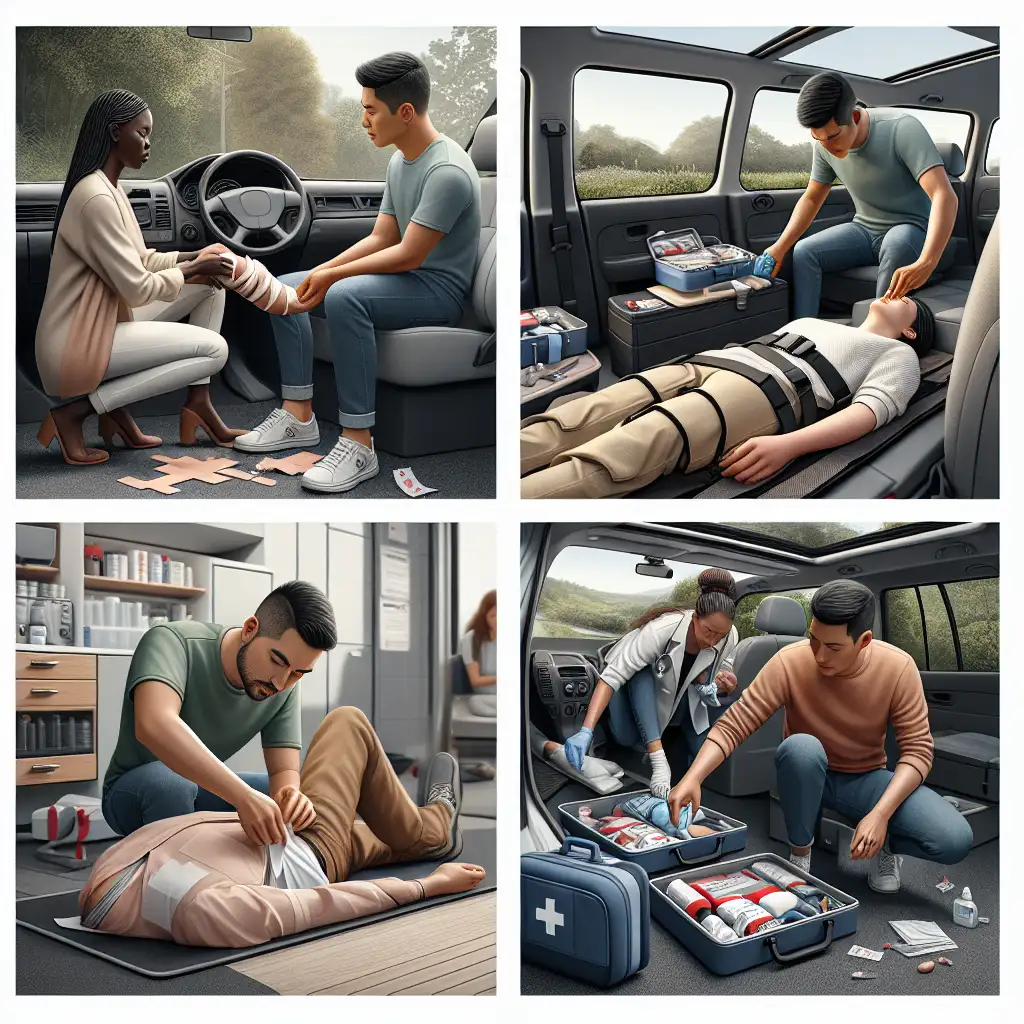First Aid Basics for Drivers: Essential Knowledge for Handling Minor Injuries on the Road
Learn the essential first aid skills every driver should know to handle minor injuries while on the road.

Driving is an everyday activity for many, but it comes with its own set of risks. Whether you're on a long road trip or just commuting to work, knowing basic first aid can be invaluable. This knowledge can help you manage minor injuries until professional help arrives, ensuring safety for you and your passengers.
Understanding First Aid
First aid refers to the immediate care given to someone who is injured or suddenly taken ill. It involves simple, often life-saving techniques that can be performed with minimal equipment. The goal is to stabilize the person until they can receive full medical treatment. For drivers, this means being prepared to handle situations like cuts, bruises, or even minor burns.
Key First Aid Terms
- CPR (Cardiopulmonary Resuscitation): A life-saving technique used in emergencies when someone's breathing or heartbeat has stopped.
- Bleeding Control: Methods to stop bleeding, such as applying pressure or using a bandage.
- Shock: A critical condition that occurs when the body is not getting enough blood flow, requiring immediate attention.
Essential First Aid Skills for Drivers
As a driver, having a basic first aid kit in your car is a must. But beyond the kit, knowing how to use it is crucial. Here are some essential skills:
1. Treating Cuts and Scrapes
Minor cuts and scrapes are common. Clean the wound with water, apply an antiseptic, and cover it with a bandage. This prevents infection and promotes healing.
2. Managing Burns
For minor burns, cool the area with running water for at least 10 minutes. Avoid using ice, as it can damage the skin. Cover the burn with a sterile dressing.
3. Handling Sprains
If someone sprains an ankle or wrist, remember R.I.C.E: Rest, Ice, Compression, and Elevation. This helps reduce swelling and pain.
4. Recognizing and Responding to Shock
Signs of shock include pale skin, rapid breathing, and weakness. Keep the person warm and lying down, and seek medical help immediately.
Comparisons and Case Studies
Consider the difference between a prepared driver and one who isn't. A prepared driver with first aid knowledge can quickly address a bleeding cut, reducing the risk of infection. In contrast, an unprepared driver might panic, leading to unnecessary complications.
Case studies show that drivers who have taken first aid courses are more confident and effective in emergencies. For instance, a driver who knew CPR was able to assist a passenger having a heart attack until paramedics arrived, significantly improving the passenger's chances of survival.
Conclusion
In conclusion, having basic first aid knowledge is an essential skill for every driver. It not only helps in managing minor injuries but also provides peace of mind knowing you're prepared for unexpected situations. Think about what first aid skills you might need to learn or refresh. Do you have a first aid kit in your car? If not, consider getting one and familiarizing yourself with its contents.
Remember, being prepared can make all the difference in an emergency. Stay safe on the road!
 CarChooser
CarChooser